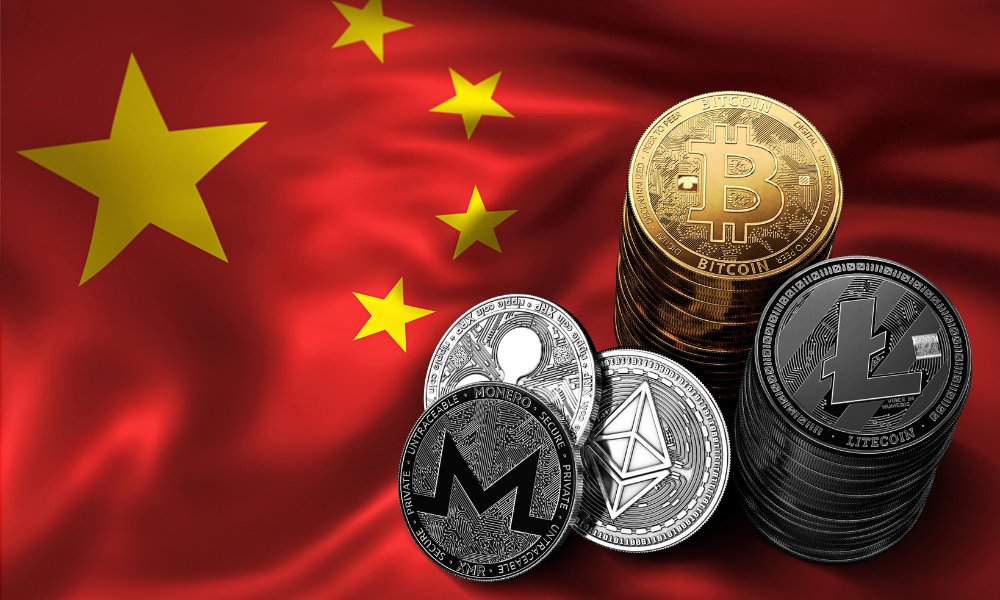Since President Xi Jinping’s 2019 declaration of blockchain as a strategic technology, China has aggressively pursued its development, positioning itself as a global leader in permissioned blockchain systems while maintaining strict bans on decentralized cryptocurrencies. From national digital currencies to industrial applications, China’s blockchain initiatives are reshaping its economy and challenging Western dominance in Web3 innovation. This article explores China’s blockchain journey, key developments, and their global implications, drawing on insights from recent reports and sentiment on platforms like X.
A Strategic Vision: Xi Jinping’s Blockchain Mandate
In October 2019, Xi Jinping emphasized blockchain’s role in driving technological innovation and industrial transformation, calling for accelerated research to set global standards. This directive, reiterated during a 2021 Politburo study session, framed blockchain as integral to China’s digital economy, alongside AI, Big Data, and cloud computing. Xi’s vision is to integrate blockchain into economic and social systems, enhancing efficiency, transparency, and state control. By 2023, China established the National Blockchain Technology Innovation Center in Beijing, tasked with breakthroughs in core technologies like distributed ledgers and smart contracts.

This state-driven approach contrasts with the decentralized ethos of public blockchains like Bitcoin. China’s focus is on permissioned blockchains—controlled, centralized systems that prioritize security and regulatory oversight. Posts on X, such as one from @ManiMalarvannan on April 19, 2025, highlight China’s leadership in shaping Web3 through state-controlled blockchains, suggesting a competitive edge over the U.S.
Blockchain-Powered Digital Yuan: A Global Game-Changer
China’s most prominent blockchain initiative is the digital yuan (e-CNY), the world’s first major central bank digital currency (CBDC). Launched in pilot phases in 2021 and expanded by 2025, the e-CNY leverages blockchain for secure, traceable transactions. A post by @WealthKungFu on April 23, 2025, claims a 98% reduction in transaction fees compared to traditional systems, with settlements in seconds versus days for SWIFT. The People’s Bank of China (PBoC) is integrating the digital yuan into its Cross-Border Interbank Payment System (CIPS) to boost yuan-denominated trade, especially in response to U.S. tariffs, as noted by @SeanRistau on April 22, 2025.
The digital yuan’s blockchain infrastructure supports China’s ambition to internationalize its currency. By locking in 10 ASEAN nations into the system, China is creating a regional trade network that challenges dollar dominance. However, claims of widespread adoption should be approached cautiously, as pilot programs remain limited to specific cities and use cases like salary payments.
Industrial and Public Sector Applications
China’s blockchain adoption extends far beyond finance:
-
National Blockchain Service Network (BSN): Launched in 2020, BSN is a state-backed platform integrating permissioned blockchains for industries like finance, agriculture, and intellectual property protection. By 2023, it supported 1,821 registered blockchain companies, with applications in 84% of global blockchain patents. BSN’s Spartan Network targets international businesses, promoting blockchain adoption without cryptocurrencies.
-
Tencent’s Blockchain Alliance: In 2020, Tencent Cloud formed a blockchain industry alliance aiming for 100 members, focusing on standards, R&D, and commercial applications.
-
Judicial Use: The Hangzhou Internet Court uses blockchain to combat online plagiarism, storing evidence on immutable ledgers to verify authorship and timestamps.
-
Military Applications: In 2019, PLA Daily proposed using blockchain to store soldier data and reward performance with tokens, enhancing operational efficiency.
-
Credit Data Security: As noted by @AlvaApp on April 24, 2025, China is deploying blockchain to overhaul credit data security, reducing fraud and boosting fintech scalability.
These initiatives demonstrate China’s pragmatic approach, applying blockchain to solve real-world problems while maintaining centralized control.

Crypto Crackdowns: A Contradictory Stance
Despite its blockchain enthusiasm, China maintains a hardline stance against decentralized cryptocurrencies. In 2021, the PBoC declared all crypto transactions illegal, citing risks to financial stability. This followed a 2017 ban on crypto exchanges and ICOs, pushing trading underground via P2P platforms. By 2022, China cracked down on illegal crypto mining, reducing its Bitcoin hashrate to near zero. In 2022, authorities dismantled a GainSwap rug-pull scam, arresting eight individuals, showing continued vigilance against crypto-related crime.
However, a 2024 shift saw Chinese scholars recognize Bitcoin as a legal “asset” rather than contraband, allowing limited trading within regulatory gray areas. This nuanced stance—embracing blockchain’s technology while rejecting its decentralized ethos—reflects China’s prioritization of control over financial sovereignty.
Challenges and Risks
China’s blockchain strategy faces several hurdles:
-
Centralization Trade-Offs: Permissioned blockchains sacrifice decentralization, limiting interoperability with global public chains and potentially stifling innovation.
-
Privacy Concerns: Blockchain’s transparency raises privacy issues, as transactions can expose user data if linked to identities, a concern in China’s high-surveillance environment.
-
Regulatory Overreach: Tight state control may deter international collaboration, as global firms hesitate to adopt China’s heavily monitored systems.
-
Global Competition: The U.S., EU, and Singapore are advancing their own blockchain frameworks, challenging China’s bid for dominance.
Global Implications and Market Sentiment
China’s blockchain push has profound implications. Its digital yuan and BSN could set global standards for CBDCs and enterprise blockchains, challenging Western financial systems. The integration of blockchain into supply chain finance, as noted by @AlvaApp on April 23, 2025, aims to position Shanghai as a global financial hub, attracting international capital. With 84% of global blockchain patents, China is poised to lead in intellectual property, potentially shaping Web3’s future.
Market sentiment on X is mixed. Optimists like @PravinSawhney view China’s blockchain strategy as a “hot topic” with strategic weight since Xi’s 2019 directive. Critics, including @martypartymusic, argue that U.S. regulatory pushback (e.g., Operation Choke Point) has allowed China to surge ahead, turning on its digital yuan network while the U.S. lags. These claims, while compelling, lack granular evidence and should be treated as speculative.a
